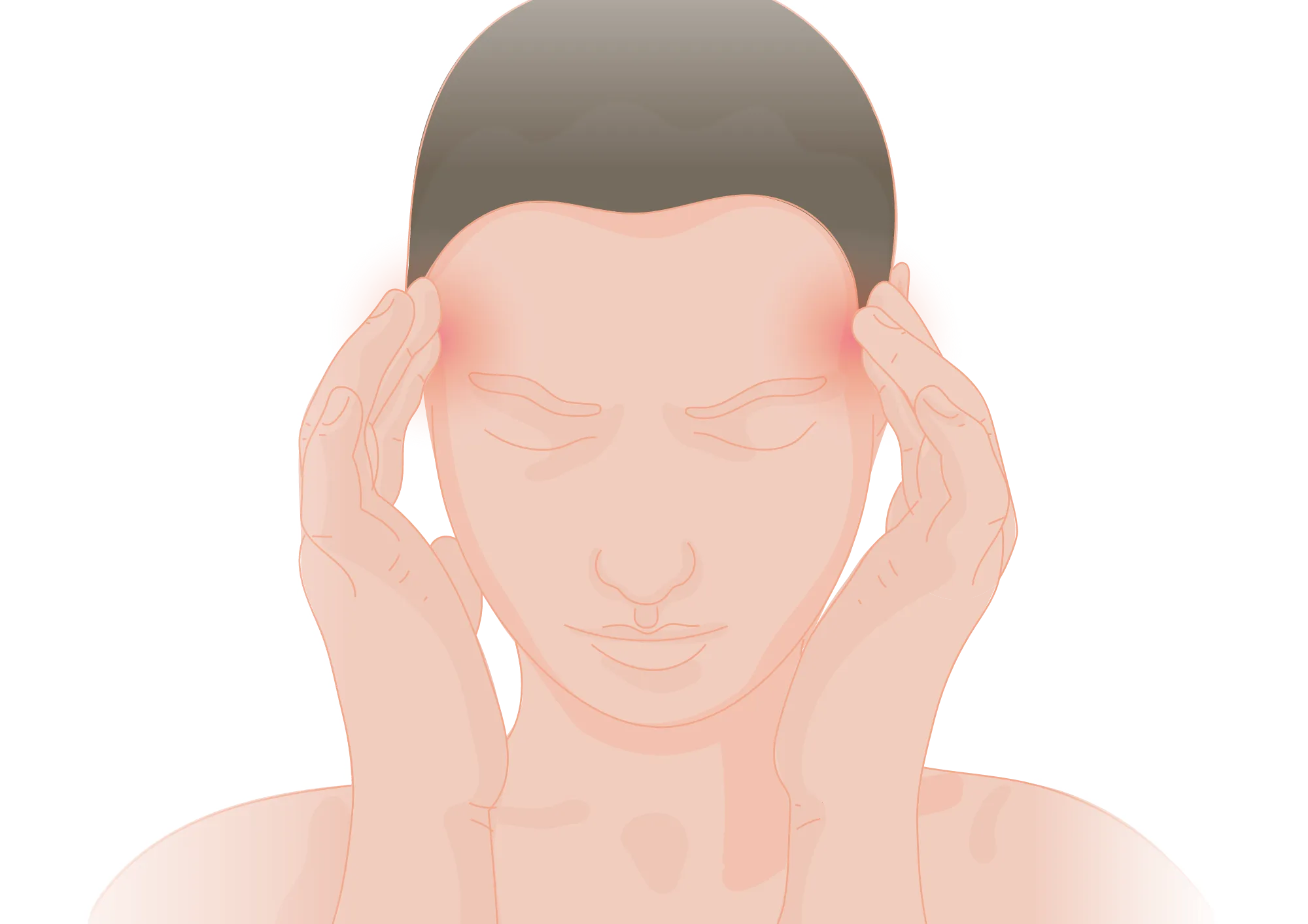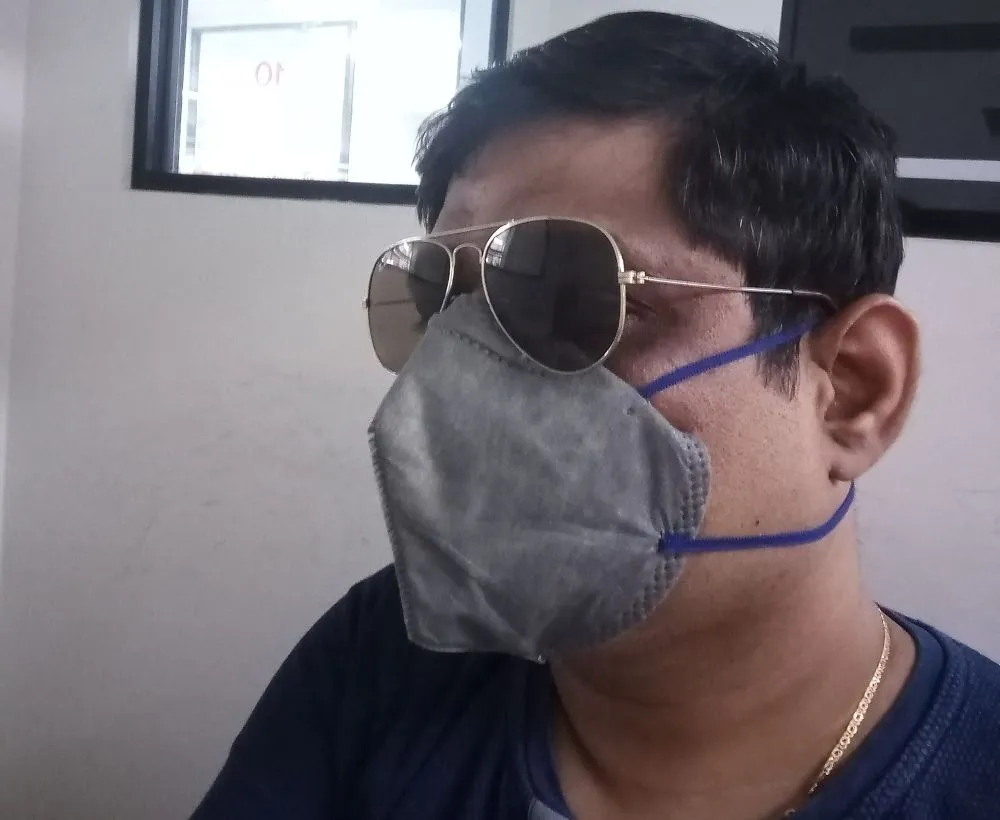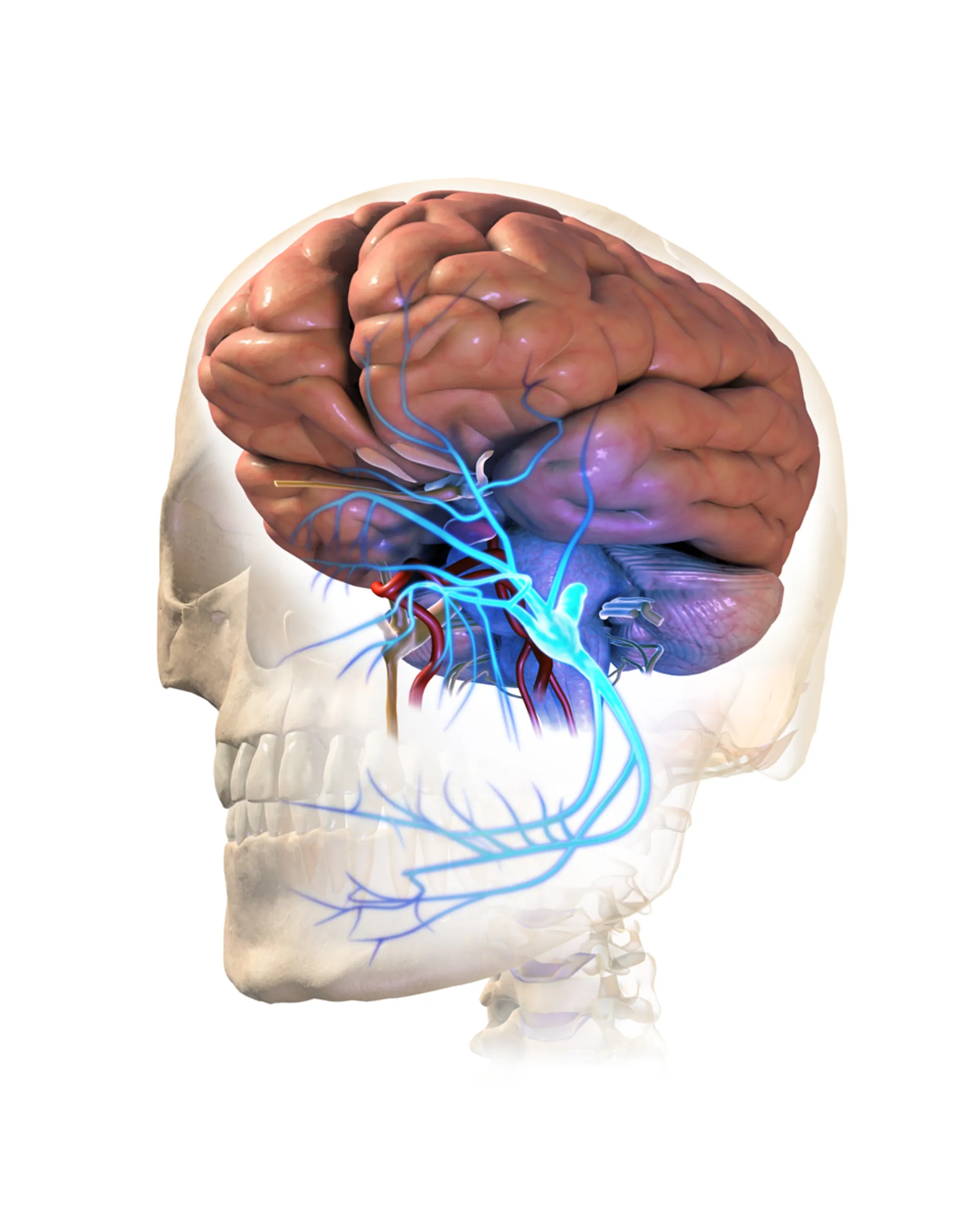Hello lovely hivers, the journey here has been a great one regardless of the ups and down. A resolute mind here will always thrive and climb to the top, all it requires is perseverance, consistency and persistency. Good things take time, don't just just give up yet, not now or ever. Just felt the urge to motivate and encourage someone here who feels like giving up on hive due to one or two reasons best to the individual.
Our discussion for today will bother on what we already know to some extent but my focus will be on the associated side effects of it. Coronavirus pandemic wrecked havoc late december in 2019, and continued its inhumane activities in 2020 not until its vaccine was discovered later in december 2020. I have long written various post and original research article both here on hive and on international journals. You can visit my blog to access all the publications about coronavirus, the vaccines developed so far and how the vaccines have impacted the society.
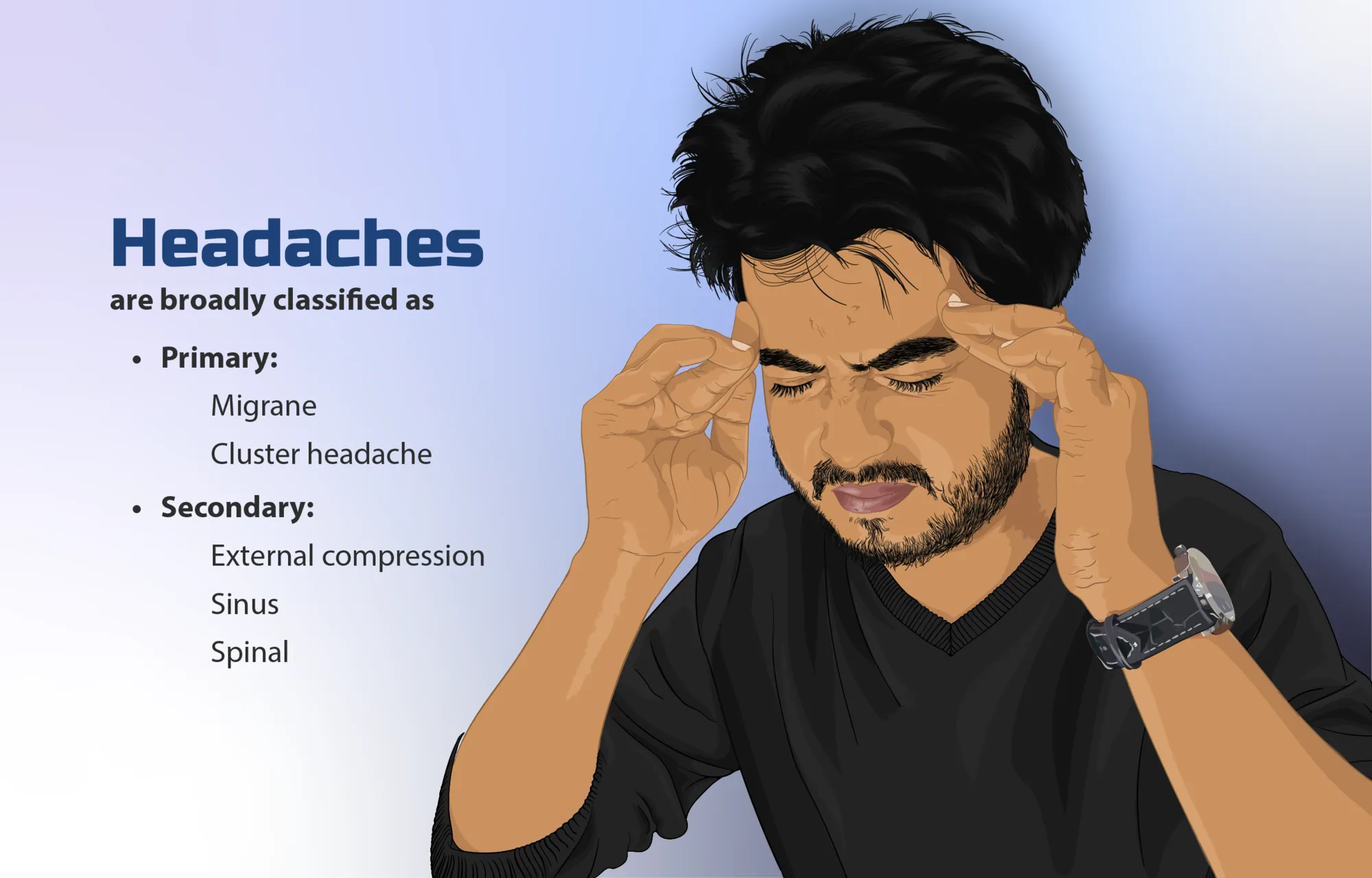 Depiction of a person suffering from a headache
Depiction of a person suffering from a headache
Our main focus is on one of the effects associated with the use of face masks for a prolonged period of time. This associated effect is headache. A lot of reports have demonstrated that the use of face mask for protection against coronavirus disease for a long time causes different types of headache in individuals. We will elaborate more on these headaches and how they can impact negatively on our health.
Before we go into this effect, let's have a basic understanding of what headache is and how they initiated. What are the major causes of headaches in humans and are there any external factors that contribute to headache development or does it just starts on its own? Let's take a dive into the genesis of headaches.
Headaches and their origin
The simple definition of headache is simply a pain or any form of discomfort in any part of head. In most cases they could be idiopathic (without a cause). By classification, they are mainly grouped into two based on their course - Primary and Secondary headache. Irrespective of the cause, headaches are usually accompanied with pain that can radiate from the neck to the brain.
Primary headaches (e.g migraine, tension headache, cluster headache etc.) are those types that are not as a result of any disease condition or caused by a particular aliment while secondary headaches are those types that are as a result of an underlying medical condition or disease. Disease conditions like tumor in the brain, injury to the head, infection, and most importantly high blood pressure which can cause hypertension can severe headache in the patient.
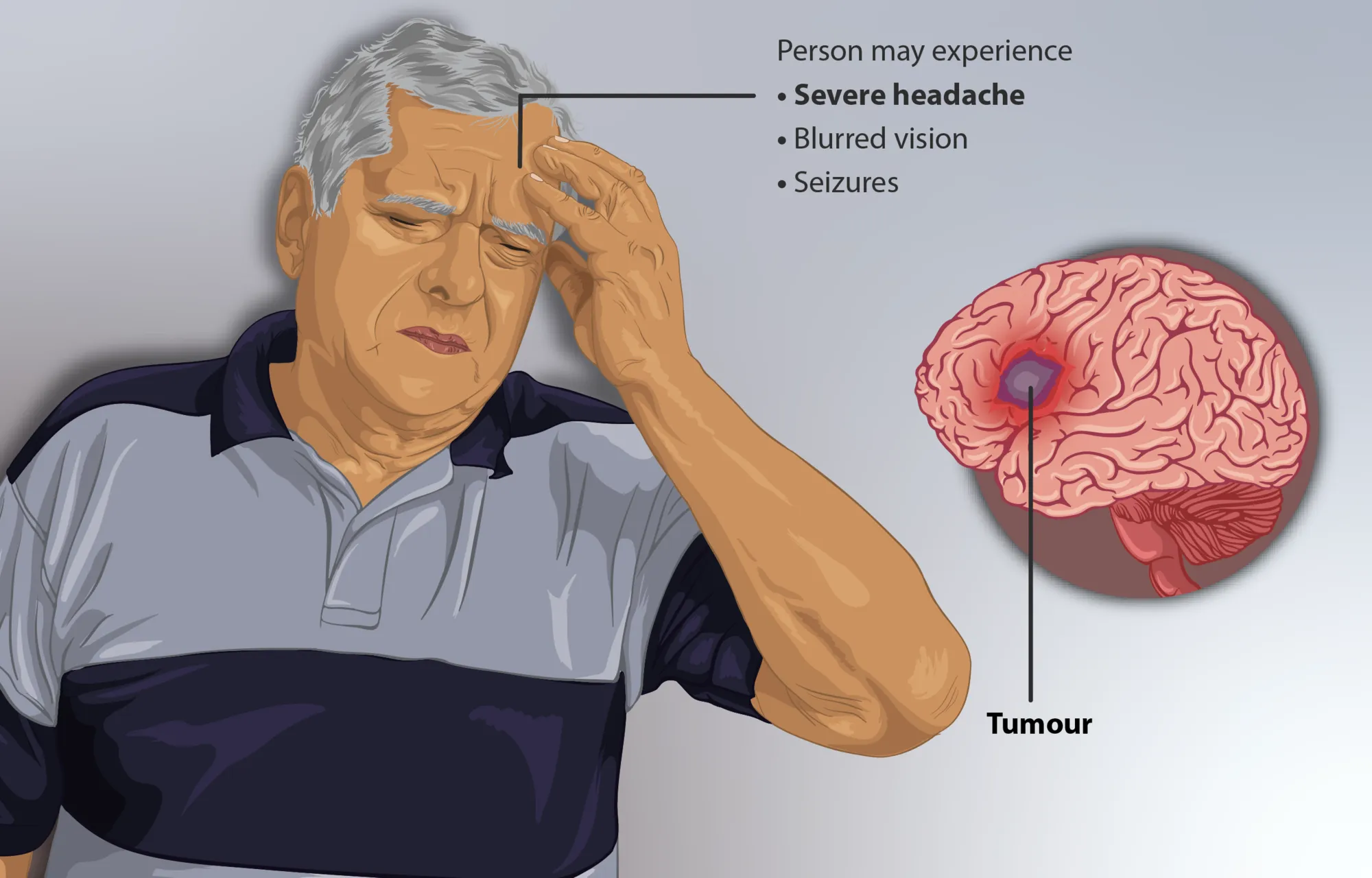 Headache caused by brain tumor (secondary headache)
Headache caused by brain tumor (secondary headache)
By severity and health implication, primary headaches are not usually fatal when compared to those that are as results of diseases. Basically other causes of headache include drug abuse and overdose, excessive alcohol consumption, sometimes compression of some facial nerves can initiate the occurrence of headache in some individuals while some, it may not. This variation is accounted for by the difference in genetic predisposition among humans.
The above brings us closer to our main subject of focus - different types of headache caused by face mask prolonged usage. Several researchers have reported severe headaches most especially among health care workers. Emerging evidences and researches all attribute the headache observed to be associated with the prolonged use of face masks. This begs the question, why? What is the real cause of the headache experienced by these set of individuals.
Headaches associated with the prolonged use of face masks and why
I need no research in this case to tell my story and the personal experience I had regarding the use of face masks and even respirators during the Covid-19 pandemic. Aside the headache I usually experienced, I also noticed skin rashes, acne formation especially on my face during the prolonged use of face masks.
As measure to curtail the spread of coronavirus, all health workers where mandated to put on personal protective equipment (PPE) every working day at various health care institutions. This almost became a norm and a way of life, considering the fact that it was the only pass to gain entrance to any office.
I practically wore the face mask from 8am to 6pm routinely while working, even though it was really discomforting because I was struggling to breathe through the face masks which by design has some level of air resistance. The tiny pores through which gaseous exchange occurs was very small in diameter. So in essence, you have to forcefully breathe. Face masks where never designed to be worn for a prolonged period of time.
Since we were forced to put them on for protection, we had no option but keep to the regulation or face sanctions. The skin reactions I experienced often times once I put on the fave masks got me concerned, so I decided to do some little research. In the course of the research, I discovered that one of the raw material - formaldehyde, used in the production of face masks has the potential of causing allergic reactions in some individuals.
Since I discovered the cause of the face skin reaction, I had to complain officially before I was advised to adjust and wear it only while I am in any crowded place or at close range to patients. Long and short, I stopped putting on the face mask while working, alone or inside the office but also maintained distance from fellow staffs to avoid risk of being infected with the virus.
Furthermore, I also observed that whenever I put on the face masks for more than about 3-4hours, I began to feel dizzy and heavy headed and also accompanied by slight pain in the head. Sometimes, I would have to press firmly on my temple to relieve the pain. Once I remove the face masks and breathe normally, the headache subsides and everything returns to normalcy.
This experiences were a clear indication that the face masks even though recommended for prevention against coronavirus, had associated side effects. This led me into writing and publishing a textbook chapter on the use of face mask. You can access the publication here - Face Mask use and Its General Effects on Human Body and Physiological System. Reading the article would help you understand better the various characteristics of face masks and why they are associated with health challenges of great concern. My main focus in this article is on the various types of headaches that the use of face masks causes.
The cause of the headache
Research has shown that the major cause of headache that was observed among most healthcare workers who wear the face masks for prolonged period of time was due to various factors, with pressure on some nerves of the body e.g (the suprafacial nerves) being the most implicated.
Headache associated with the use of face masks have been officially classified into two - pre-existing or de-novo. One is caused by the aggravation of an already existing headache as a result of wearing face masks, while the other is primarily caused by wearing the face masks which ends up triggering some nerves that initiates pain in the head.
The various type of headache can be pressure induced, cervicogenic, tension type and trigeminal neuralgic type. The pathogenesis behind this headache could be mechanical compression, hypoxia, rebreathing of carbon dioxide, stress or aggravation of pre-existing headache.
Imagine tying a very highly tensed and thick rubber band around your forehead for a long time. Hoe discomforting it can be is similar to the effects of the face mask ear band. We will explain each of the causative factors of headache while wearing face masks in detail as we progress. Let's begin with Cervicogenic headaches
The human head is richly surrounded with facial nerves and blood vessels that supply blood containing all the nutrients and oxygen required for brain function. When these nerves are triggered by pressure on exertion, or tension, the effect and signal is often felt in the head as pain.
Cervicogenic headaches are evidenced by lack or limitation in neck movement in most affected patients This limitation is to some extent can be seen in individuals and health care workers that handle highly infectious pathogens. In this type of situation, most of these staffs are often confined in a highly restricted facility. Cervicogenic headache can be experienced with the use of respirators and their effects usually begins from the neck and then the pain radiates to the head and face.
The headache is mainly caused by the irritation and compression of some nerves in the neck known as cervical nerves. Specifically, Cervical nerves C1 - C3. When these nerves are irritated by the face mask or respiratory ear band for a long time, they can send signals radiating as pain and discomfort from the neck region to the brain.
 The head and neck dermatomes
The head and neck dermatomes
Observe the location of the cervical nerves C1 - C3, you would observe that they innervate the region and areas of the neck where the band of face masks and respirators are usually attached to, particularly the ear region. The pressure of the face mask band on this region results to the pain felt in the head among health care workers, obviously I inclusive, since I was a victim of this.
Another etiology of headache associated with face masks use is the compression of facial or suprafacial nerves and arteries in the head. Commonly, compression of any kind that will interfer with blood supply to the brain in an individual can cause the person to collapse or go into a comatose state (state of unconsciousness). That's is how badly the brain needs oxygen and blood supply. This is probably the reason I fell dizzy once I put on the face masks.
Compression of some facial nerves and arteries can result to result to a condition known as Trigeminal neuralgia.
This severe shooting pain is usually caused by the irritation of the fifth cranial nerve, which has its innervation to the forehead, cheek, and lower jaw and usually involves one side of the face.
Trigeminal neuralgia, a pain that is experienced when the trigeminal nerve in the head is compressed either by arteries or as a result of external factors, of which can be face masks and respirators. Face masks so far have been implicated to cause trigeminal neuralgia.
Often, the pain is felt from one side of the face where it is originating. This pain also extends to the temporomandibular joint. In fact, areas the trigeminal nerve innervates are mostly affected.
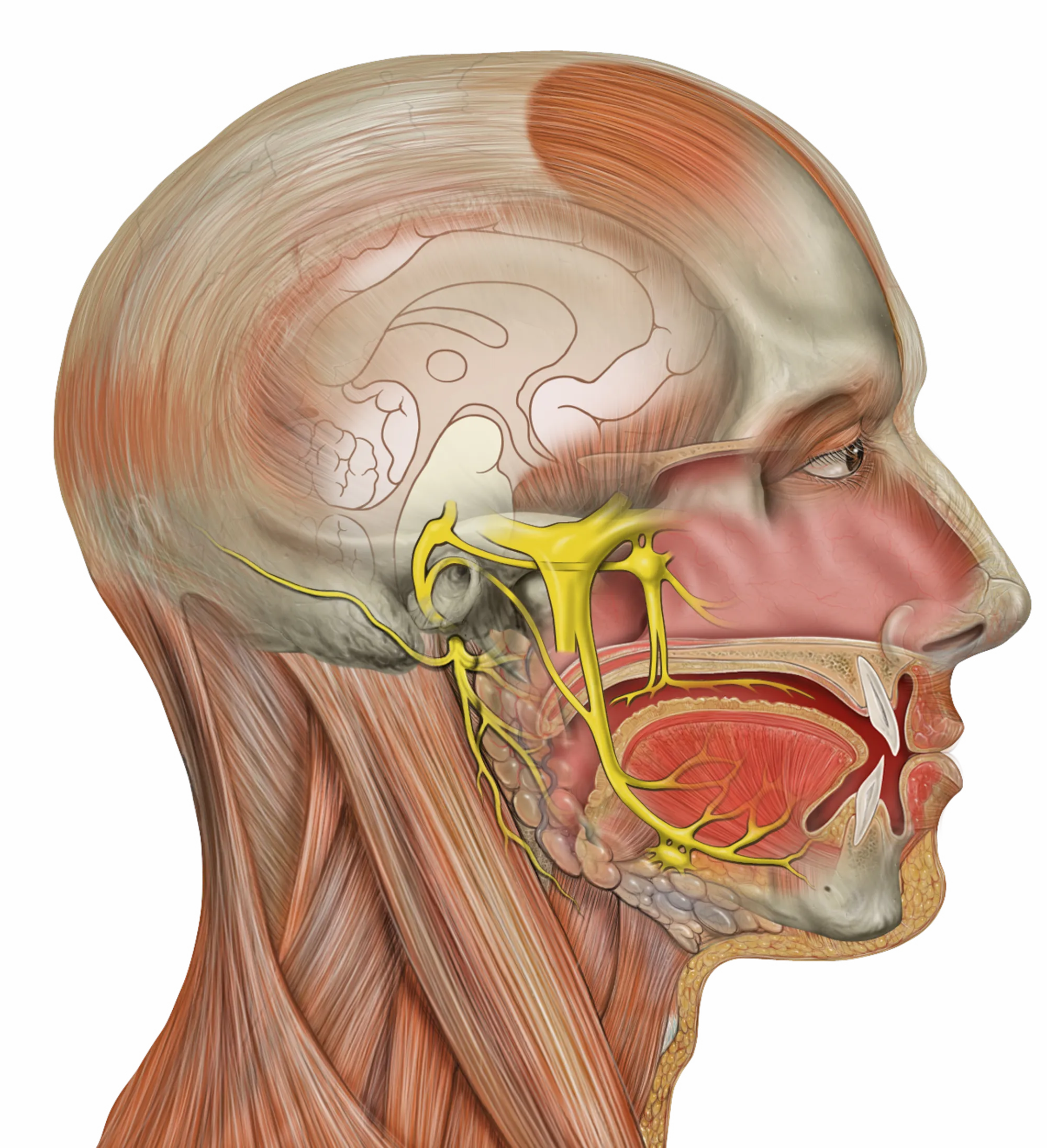 Head deep facial and trigeminal nerves
Head deep facial and trigeminal nerves
The pressure exerted by the bands of the face masks or the respirators around the region and areas innervated by these nerves, sends pain signals to the brain thereby resulting to the pain felt in the head by the individual in question. Needless to say that, a factor worth putting into consideration when buying face should also include the tension of the ear bands and not just the air resistance they offer.
Other notable causes of headache among health care workers that use face masks is the resistance in breathing, which is offered by the face masks. Evidences have shown that face mask to some points does not allow adequate exchange of gas (Oxygen and carbon dioxide) and as a result, you tend to have re-inhalation of carbon dioxide into the lungs.
This re-inhalation causes an oxygen tension in the individual. The reduced intake of oxygen can consequently result to dizziness and heavy headedness in such individual. In all these, pressure on exertion, just as we earlier pointed out, is the major factor causing the pain.
Conclusively, in as much as the main purpose of wearing a face mask is to protect ourselves from infection with coronavirus, there is also a need to put into consideration the effects they may have. Care must be taken to ensure that these face masks ear bands are not over tensed, so as not to cause undue pressure on the superficial nerves and arteries.
Once you put on face masks and you notice uncommon weird symptoms as we have highlighted in our discussion, it will be in your best interest to remove it and look for a more fitting one. Do not wear face masks that will pull ok your ear very hard or those that leave a compression line ok your facial skin. It is a clear evidence that the mask is not suitable for you.
However, It must not be too loose as well. When face masks are too loose, the particles of the pathogens could easily pass through the loose areas into the nose, eyes or mouth. Wearing face mask is good for protection, but should not another health burden on the user.
References •Headache disorders: differentiating and managing the common subtypes •Headache •Headaches Associated with Face Mask Use During COVID-19 Pandemic-Are We Seeing a Headache Epidemic? •Arterial compression of nerve is the primary cause of trigeminal neuralgia •Cervicogenic headaches •Trigeminal Neuralgia Induced Headache: A Case Report and Literature Review •Can a Face Mask Give You a Headache?
Return from Aetiology of Headaches associated with prolonged use of face masks and respirators among health care workers to cyprianj's Web3 Blog

